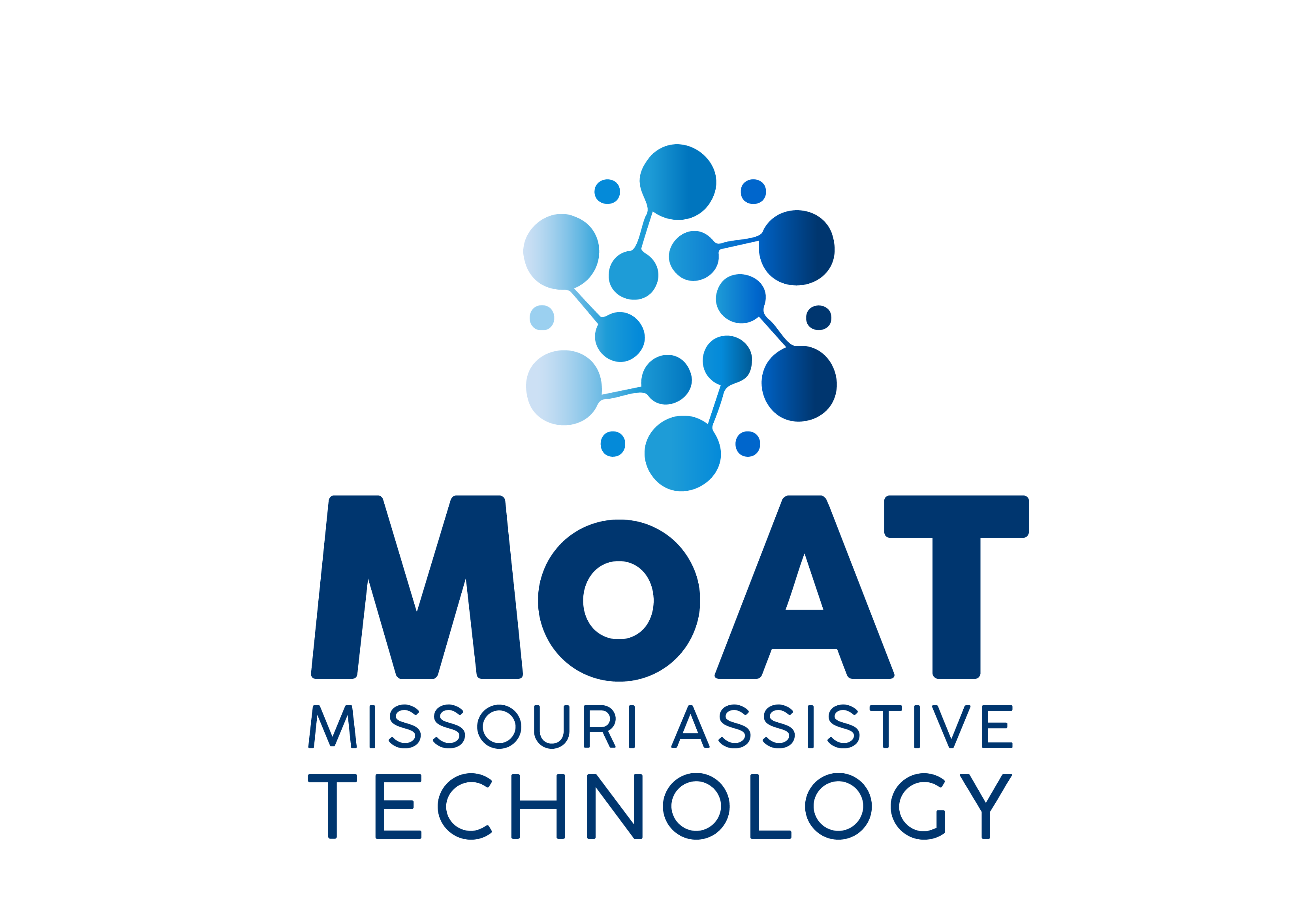Document accessibility applies to all documents created for citizens or state employees, whether they are posted to a web site, a file sharing application (such as SharePoint) or distributed through email. When you follow accessibility standards, your document can be accessed by everyone.
Microsoft Office products, (with the exception of Visio), can easily be made accessible. A good rule of thumb is that accessible documents have:
Learning about and applying the basic concepts of document accessibility will help you meet the Missouri’s ICT standard.
Word Documents
Microsoft Word is the most common word processor on the market. Word files can also be the starting point for other files, such as PDF and HTML. Having the correct tools to create accessible Word documents is imperative to improving your institution’s accessible content.
As a general rule, include three design principles to create an accessible document:

